Specifically designed to help candidates revise for the MRCS exam, this two-volume pack features 350 Single Best Answer multiple choice questions, and 250 Extended Matching Questions, divided into 96 themes, covering the whole syllabus. Containing everything candidates need to pass the MRCS Part A, the pack focuses intensively on the application of basic sciences (applied surgical anatomy, physiology, and pathology) to the management of surgical patients. The high level of detail included within the questions and their explanations allows effective self-assessment of knowledge and quick identification of key areas requiring further attention. Varying approaches to Single Best Answer multiple choice questions are used, giving effective exam practice and guidance through revision and exam technique. This includes clinical case questions, positively-worded questions, requiring selection of the most appropriate of relatively correct answers; ‘two-step’ or ‘double-jump’ questions, requiring several cognitive steps to arrive at the correct answer; as well as factual recall questions, prompting basic recall of facts.
Related products
-
EEG Simplified
₹1,255.00EEG Simplified is an interesting and informative book, it has been written in simple english and discusses various aspects of electrophysiology with clarity. Beginning with basic recording concepts of EEG and the descriptions of normal EEG, the authors take us through artifacts, a very important chapter and then discuss electroencephalographic abnormalities seen in variety of neurological disorders. This kind of book on clinical neurophysiology is extremely useful for day to day clinical practice.
-
Clinics in Surgery – Revised & Updates Second Edition
₹775.00Includes Long and Short cases, Instruments, X-ray and Specimens commonly kept in Undergraduate and Post graduate exams. – Step by step methodology of History taking,and Examination of each case. – Model case presentation of each case. – Algorythmic approach for Diagnosis, Investigation and Treatment of each case. WHAT’S NEW IN THIS EDITION – – Each case is divided in to three sections – Principles of history taking, Model case presentation and discussion about common surgical pathologies related to that case. It is for better understanding of the topic and last minute reading of a specific section for an exam. – Clinical demonstration of various tests pertaining to that case. – Recent advances in management of a particular surgical pathologies. – Multiple photographs in all the sections for better visual understanding of the disease and different topics. – Addition of new topics in sections of instruments and X-rays.
-
Current Progress in Orthopedics Volume 2
₹1,500.00This textbook represents the second text from the Editors who have invited a panel of distinguished authors with international reputations to present the current state of the art in orthopedic surgery. There is more awareness of musculoskeletal disease as a cause of disability in every country and as governments and non-governmental organizations move to address this problem there is increasing recognition of the importance of orthopedic surgery in dealing with musculoskeletal disease. The entire spectrum from congenital abnormalities through pediatric musculoskeletal illness, trauma, sports and degenerative diseases have been covered in this volume. This is the companion volume to the first published two years ago and we anticipate further volumes in the future as we attempt to address the ever expanding role of orthopedic surgery in modern healthcare.
-
Clinical Pediatric Dermatology
₹1,350.00This book aims at bridging that gap and putting the basic concepts of pediatric dermatology together which help the dermatologists,post graduates and pediatricians understand and manage the pediatric dermatoses in India. With primary focus on beginners in pediatric dermatology and pediatricians,the conciseness and brevity of clinical notes has not been compromised. This book has been written keeping in view the interests of both pediatric dermatologists and pediatricians. In this era of sub-specialization, general pediatricians who offer primary care to children must be knowledgeable in pediatric dermatological problems.
-
Manual of Clinical Endocrinology 2/Ed.
₹995.00Algorithms provide a logical, concise and cost-effective approach to medical reasoning: utilizing a concise, step-by-step approach based upon clues from the history, physical examination and laboratory studies, algorithms help avoid excessive unnecessary procedures and testing. The 2nd edition of Manual of Clinical Endocrinology deals with practical issues ranging from simple thyroid function testing and thyrotoxicosis to approaching a patient with suspected thyrotoxicosis. Algorithms are simple and effective tools for the practitioner in a hurry and since the majority of the intended audience, physicians, general practitioners and postgraduates have very little time amidst their busy clinical routine, this manual uses algorithms. Twenty-two clinical issues are covered by an algorithmic approach, breaking down long lists and tables of differential diagnosis into smaller, more manageable ones. Common clinical symptoms, signs and laboratory abnormalities are classified as they present themselves at the patient’s bedside. This manual is an attempt to provide the busy practitioner with a desktop reckoner which will be useful while approaching a patient with a suspected endocrine problem. The authors have strived to be practical not pedantic – at the same time have made great effort to ensure that the recommendations are evidence based.
-
CARDIAC MRI Simplified CONCISE GUIDE
₹625.00Who Will benefit from this book? * Genuine interest in cardiovascular imaging * International certification exams * Enhancing skills in interpretations of cardiac MR Why this format? * Salient points, easier and faster to read. * Questions-answer approach for better understanding of topic. * Short and well contained guide. What are the highlights of the book? * Comprehensive coverage of all topics * Appropriate illustrations * Inclusion of recent advances
-
Puzzling Cases in Nephrology
₹2,295.00This Unique book provides a glimpse of how medical mysteries can be solved, or if not solved, atleast better understood. There is much in this book that will not easily be found in modern textbooks, as this to me organizes information around case examples rather than organizing facts around disease entities. In this book cases of renal diseases and kidney transplantation of particular diagnostic or therapeutic interest have been selected. This is an essential read for Nephrologists in practice and training and all those interested in care for a Renal patient

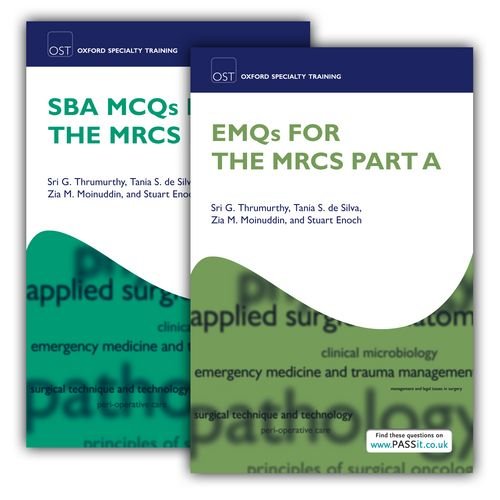
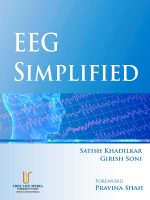
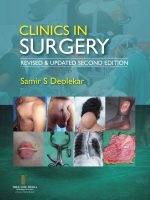
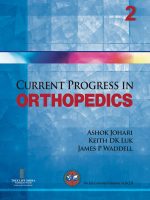

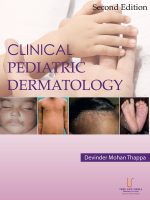
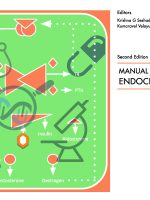
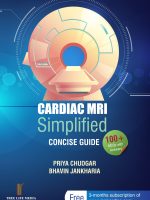
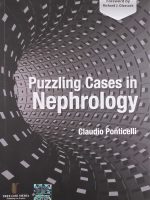
Be the first to review “SBA MCQs and EMQs for the MRCS Part A Pack: 2 (Oxford Specialty Training: Revision Texts)”